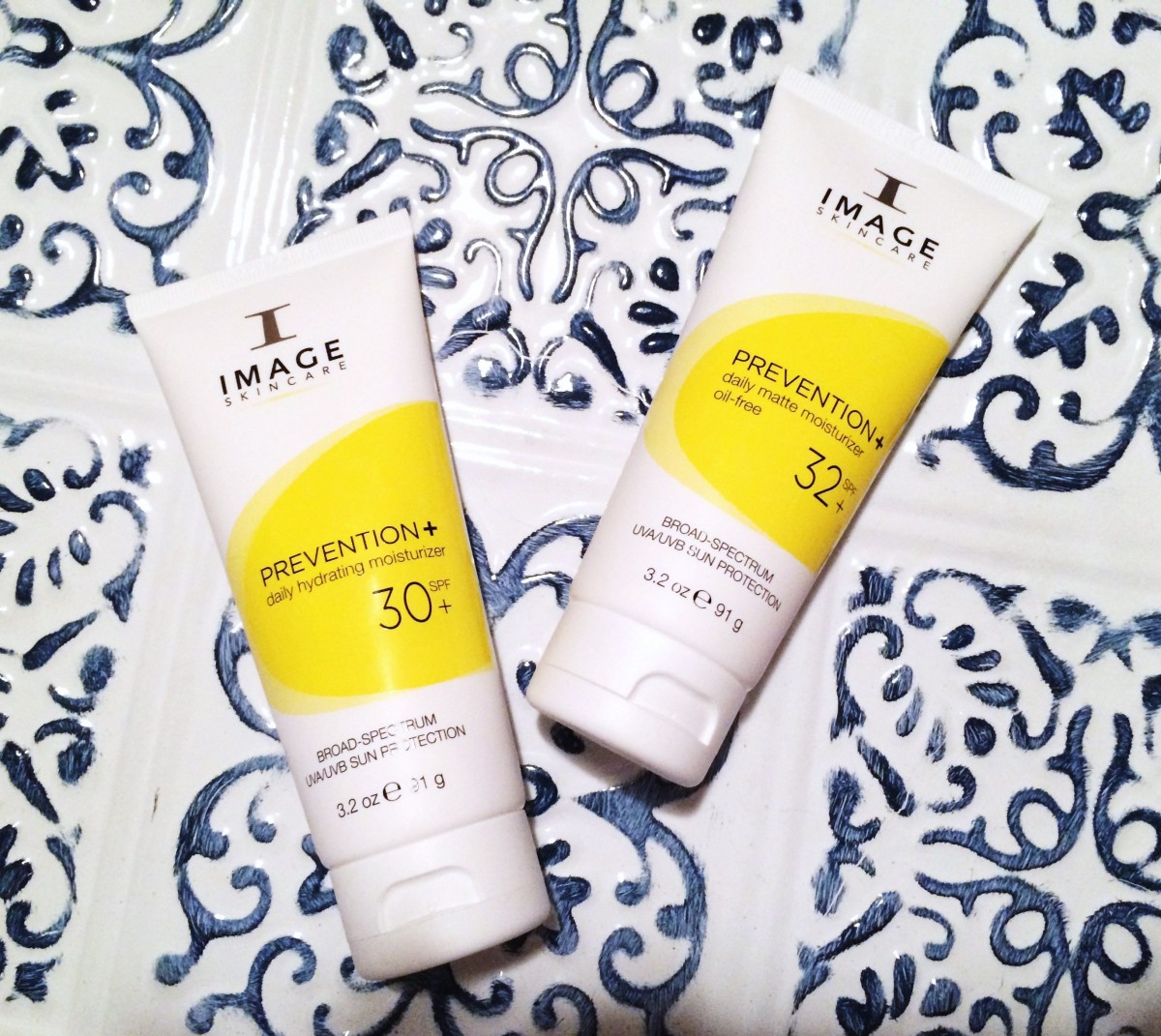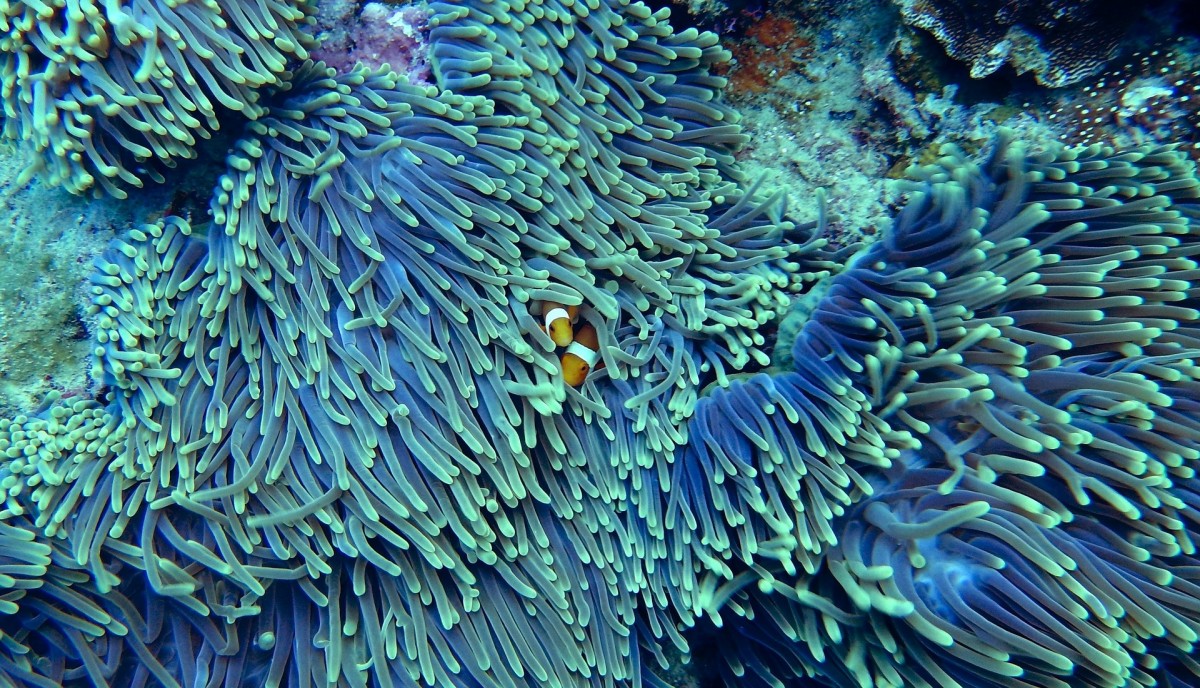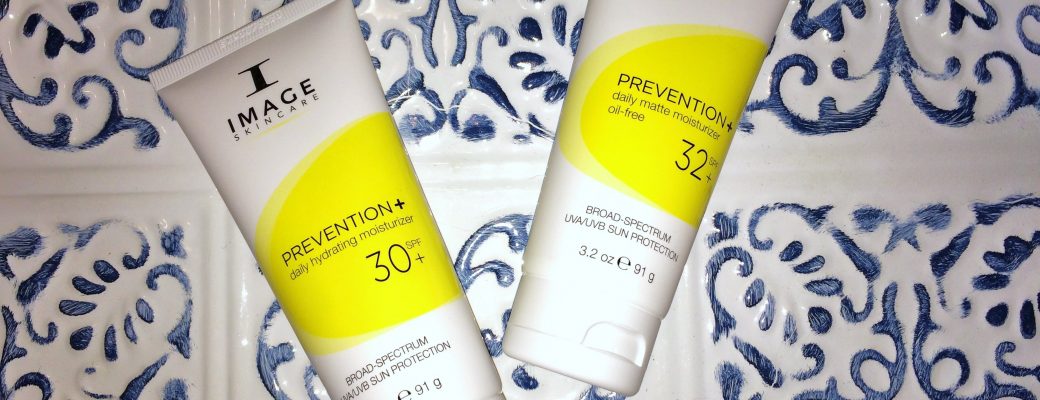Sunscreen: The good, the bad and the ugly
The number one culprit that ages your skin – that beautiful, supple surface you so lovingly care for, is the sun. You may never get too rich or too thin, but you can get too much of the sun’s UVB radiation, it’s the stuff that burns and causes cancer.
 So, what exactly happens to skin that’s over exposed to the sun? Dr. John Arlette1, co-owner of Total Skincare Centre, in Calgary, Alberta warns that overexposure causes sunburn, produces swelling and blistering, which are signs of epidermal cell death and dermal damage. Other experts caution that chronic overexposure to the sun can change the texture and weaken the skin’s elasticity. Sun induced skin damage causes premature wrinkling, sags and bags, and easy bruising and is responsible for up to 90% of visible changes commonly attributed to aging. And of course, there’s the spectre of skin cancer.
So, what exactly happens to skin that’s over exposed to the sun? Dr. John Arlette1, co-owner of Total Skincare Centre, in Calgary, Alberta warns that overexposure causes sunburn, produces swelling and blistering, which are signs of epidermal cell death and dermal damage. Other experts caution that chronic overexposure to the sun can change the texture and weaken the skin’s elasticity. Sun induced skin damage causes premature wrinkling, sags and bags, and easy bruising and is responsible for up to 90% of visible changes commonly attributed to aging. And of course, there’s the spectre of skin cancer.
First line of defense
Your first line of defense against potentially catastrophic skin damage is sunscreen. Enter the IMAGE Skincare Prevention Line.

My colleague at Spa Inc. and fellow Test Diva Andrea Green is blessed with porcelain skin, but plagued by its sensitivity to the sun, which means she must religiously lather on sunscreen throughout the day. On a recent trip to Florida she brought along two IMAGE products, Prevention+ Daily Matte Moisturizer (SPF 32) and Prevention+ Daily Hydrating Moisturizer (SPF 30). “What better place to test a sun protection product than in the Sunshine State,” she quips.
The Daily Matte Moisturizer (SPF 32) offered full-spectrum protection without the oily mess of more traditional sunscreens. “I used the Daily Hydrating Moisturizer interchangeably. Both products go on smoothly, are oil-free and smell amazing. After the first application, someone asked me what perfume I was wearing because they loved the scent. Who would have known that you could be on vacation with no sunburn, a matte face and smell amazing?”
Those damaging rays have a way of finding your skin
Arlette says that while protecting your skin throughout the day is critical, it is especially true between 11 a.m. and 1 p.m., some say even longer, when the sun is at its highest. It’s tough to hide from those damaging rays:
- 50% of UVB in sunlight reaches earth through a complete light cloud covering
- It doesn’t matter whether you’ve got your toes in grass or sand, you’ll still get hit by radiation; grass reflects 3% and sand sends up 25%
- On the slopes, the snow will pummel you with 30%
- When swimming, up to 40% UV rays will hit you at depths of almost two feet
- Altitude is also a major factor in sunlight exposure. Like Icarus, the closer you get to the sun the higher the burn effect; it increases by 4% for each 300 meters above sea-level
- Wind, humidity, and heat are three other climatic factors, each of which will intensify the sunburning effect of ultraviolet light radiation.
Today’s sunscreens belong to two major categories: physical and chemical. Physical sunscreens contain tiny minerals that act as a shield deflecting the sun’s rays, like IMAGE’s product. Chemical sunscreens use synthetic compounds that absorb UV light before it reaches the skin.
But there’s an ugly side to chemicals in sunscreen
After decades of research to develop the most effective sunscreens, it turns out that the compounds designed to protect you are toxic to coral reefs. The Ocean Foundation says just a small amount of certain chemicals is enough to cause corals to bleach, losing their symbiotic algal energy source and become more susceptible to viral infections.

The problem is these protectorates wash off in the water. For example, for every 10,000 visitors enjoying the waves,
about 4 kilograms of mineral particles wash into the beach each day. It’s about the same weight as your holiday ham or turkey. That may seem relatively small, but these minerals catalyze the production of hydrogen peroxide, a well-known bleaching agent, at a concentration high enough to harm coastal marine organisms.
An estimated 14,000 tons of sunscreen is believed to be deposited in oceans annually with the greatest damage found in popular reef areas such as Hawaii and the Caribbean.
One option put forward is to look for products that include mineral sunblocks with zinc oxide and titanium dioxide – like IMAGE, keeping ocean reefs healthy while protecting your skin. It’s good all around.
Here are a couple of sites that offer more information on using sunscreen
Canadian Dermatology Association
For more information on IMAGE Skin Care or to check out the Prevention+ line, click HERE.
- John P. Arlette, MD, Overexposed: The Skin and the Sun (Oct. 1987), Canadian Family Physician




